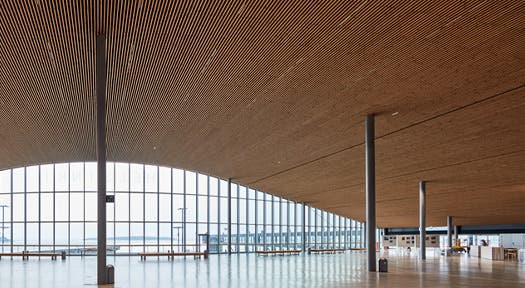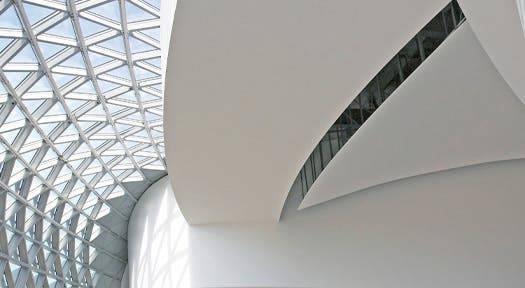Q1: What are mineral fiber ceiling tiles made of?
A: Mineral fiber ceiling tiles are made from a combination of mineral wool, starch, and other materials.
Q2: What finishes are available for mineral fiber ceiling tiles?
A: Mineral fiber ceiling tiles come in a variety of finishes, including smooth, textured, and patterned as per ASTM E1264. They are also available in a range of colors
Q3: How do mineral fiber ceiling tiles contribute to good acoustics?
A: Mineral fiber ceiling tiles are excellent at absorbing sound, making them a popular choice for spaces that require good acoustics, such as classrooms, offices, and theaters.
Q4: Are mineral fiber ceiling tiles fire-resistant?
A: Yes, mineral fiber ceiling tiles are made from non-combustible materials and are able to resist flames for longer periods of time. They are rated as Class A fire-resistant as per ASTM E84, which is the highest rating possible.
Q5: Are mineral fiber ceiling tiles sustainable?
A: Yes, mineral fiber ceiling tiles are a sustainable choice. They are made from recycled materials and can be recycled at the end of their life cycle.
Q6: How do you clean and maintain mineral fiber ceiling tiles?
A: Mineral fiber ceiling tiles are easy to clean and maintain. They can be wiped down with a damp cloth or vacuumed to remove dust and dirt.
Q7: What are the installation options for mineral fiber ceiling tiles?
A: Mineral fiber ceiling tiles are easy to install and can be installed in a variety of ways, including suspended ceiling grids and direct-mount systems.
Q8: Where are mineral fiber ceiling tiles commonly used?
A: Mineral fiber ceiling tiles are suitable for a wide range of applications, including commercial buildings, healthcare facilities, educational institutions, and residential spaces.
Q9: Are mineral fiber ceiling tiles suitable for high-humidity environments?
A: Yes, mineral fiber ceiling tiles are resistant to humidity and can be used in high-humidity environments such as bathrooms and kitchens.
Q10: Do mineral fiber ceiling tiles provide thermal insulation?
A: Yes, mineral fiber ceiling tiles offer thermal insulation properties, helping to regulate temperature and reduce energy consumption.
Q11: Can mineral fiber ceiling tiles help improve indoor air quality?
A: Yes, mineral fiber ceiling tiles are low-emitting and contribute to better indoor air quality by reducing the presence of volatile organic compounds (VOCs) in the environment.
Q12: Can mineral fiber ceiling tiles help with energy efficiency?
A: Yes, mineral fiber ceiling tiles with high light reflectance can enhance natural and artificial light distribution, reducing the need for additional lighting and improving energy efficiency.

























